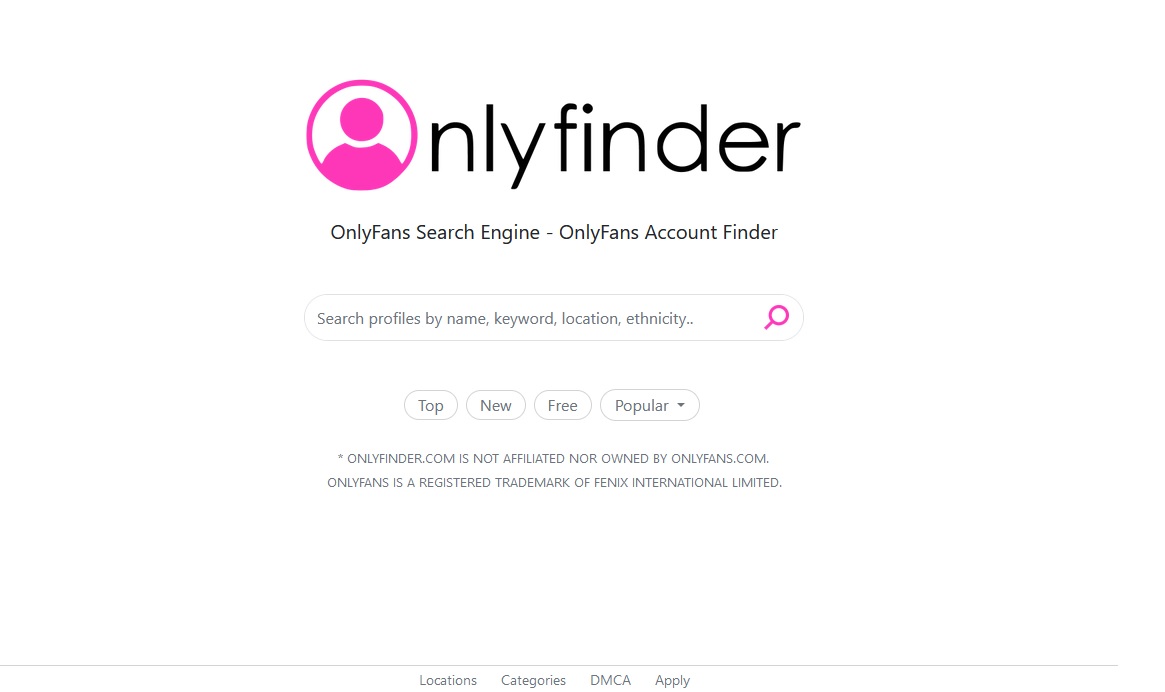A report by Cybersecurity Ventures predicted that cybercrime would cost the world more than $7 trillion in 2022 alone. Hackers are at the heart of this plague. But did you know the damage would have been far worse without hacker intervention?
There’s a misconception about hackers as only unethical individuals who operate illegally. It’s easy to see why since most do. As elsewhere in life, the reality is more nuanced. Join us as we uncover the different strata of hacking and their impact on the world.
What Exactly Is Hacking?
Most definitions see hacking as the practice of discovering and exploiting security vulnerabilities in software and hardware systems. However, this broad definition doesn’t account for hackers’ motives or morals.
The term stems from the 1960s when computing was still a branch mostly limited to universities and governments. The first hackers were students interested in optimizing code or cracking their university’s server passwords. Hacking wasn’t illegal back then, and the individuals who engaged in the practice did it for the intellectual challenge and fun.
The explosion of personal computing changed that. Hacking shifted from relatively benevolent tinkering towards illicit activities used for personal and monetary gain. The rise of black hats – hackers who used their skills for illegal personal gain – also gave rise to the security specialists trained to thwart them.
Hacking started taking on new dimensions in the 2000s. That period saw the appearance of hacktivists, groups who used their technical expertise to spread and advance their ideological goals.
Since it’s almost impossible to do business or go about one’s life without being online now, the stakes and potential payouts have never been higher. We’re living in a time where some forms of hacking are state-sponsored and weaponized to spread misinformation or attack other countries’ assets and infrastructure.
Can Hacking Be Ethical?
If an understanding and consent are in place, hacking can be ethical. Due to ethical hacking, organizations and individuals benefit from more complex and robust protections.
White hats are the paragons of ethical hacking. Their MO is similar to a black hat’s, and they use many of the same tools. The difference is that a white one will disclose and try to address any detected vulnerabilities.
Ethical hacking works only if it’s based on trust. After all, probing a system for weaknesses may expose a company’s most well-kept secrets. That’s why white hats go over the actions they’ll perform with their client first. They follow a professional code of conduct that keeps sensitive information private.
Penetration testing is a white hat’s core activity. It involves scoping out, identifying, and exploiting vulnerabilities in their client’s IT infrastructure. They may search the premises for physical weak spots like unsecured network access or openly displayed passwords. Some white hats also engage in social engineering. This tests employees’ abilities to recognize scams or be coerced into giving up passwords or other vital information.
Unethical Hacking
Sadly, most hackers do what they do illegally and immorally. A small subset known as blue hats does this out of revenge. For example, disgruntled ex-employees who know how to sabotage the systems. Black hats seek to profit by either stealing and selling data or holding a company’s systems ransom until the victim meets their demands.
Unethical hackers will often take the path of least resistance. They know that human behavior is the weakest link in any cybersecurity effort. That’s why phishing scams and password theft are so successful.
Many people use weak passwords instead of strong and uncrackable login credentials. Weak passwords are easy to guess or bypass, and people usually don’t bother to change them even if the password is part of a past breach. More so, they don’t wonder if their password is secure. Compound that with reusing the same or a very similar password, and systems practically hack themselves.
Black hat hackers will use any method at their disposal to get ahead and don’t care about the fallout. They often operate in countries where hacking is far more lucrative than lawful employment.
Many victims never report cyberattacks. Local law enforcement doesn’t have jurisdiction over hackers in countries without extradition treaties, so their activities often go unpunished.
Blurring the Line
Some hackers straddle the line between ethical and unethical behavior. They’re known as grey hats and, as the name suggests, fall into a category that’s hard to classify. The main difference between a white and a gray hat of a “lighter shade” is the latter’s disregard for permission.
Such hackers will identify and use vulnerabilities to gain access without a company’s consent. They may inform a company of their findings for free or a fee. One of the most well-known grey hat exploits happened in 2013. A hacker who’d been trying to warn Facebook about an exploit hacked Mark Zuckerberg’s profile to demonstrate the issue’s severity.
Conclusion
In conclusion, the hacking landscape is multifaceted, encompassing ethical and unethical dimensions that impact our digital world in profound ways. As technology continues to shape our lives, understanding these nuances is essential for forging a secure and resilient digital future.








Add Comment